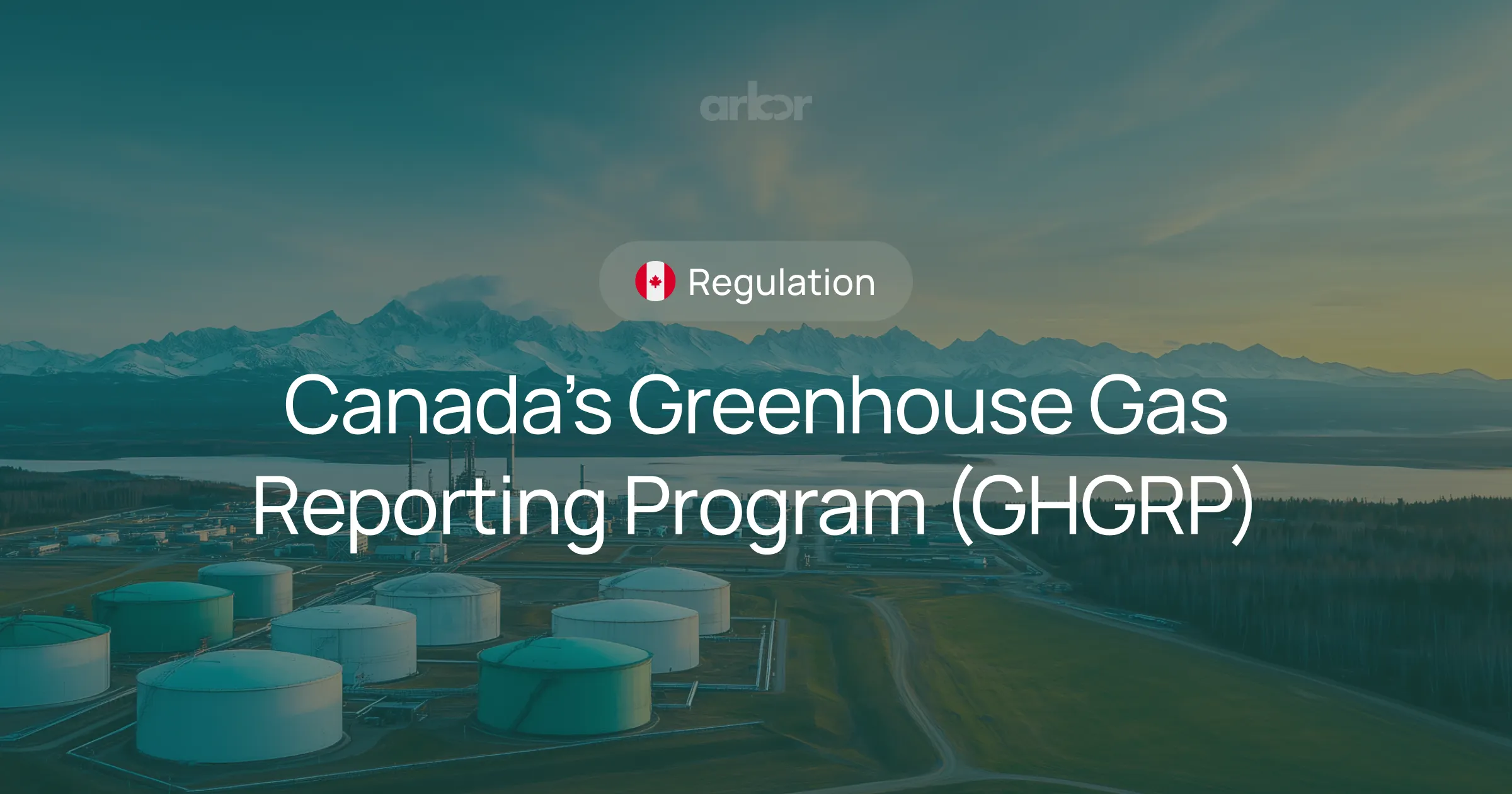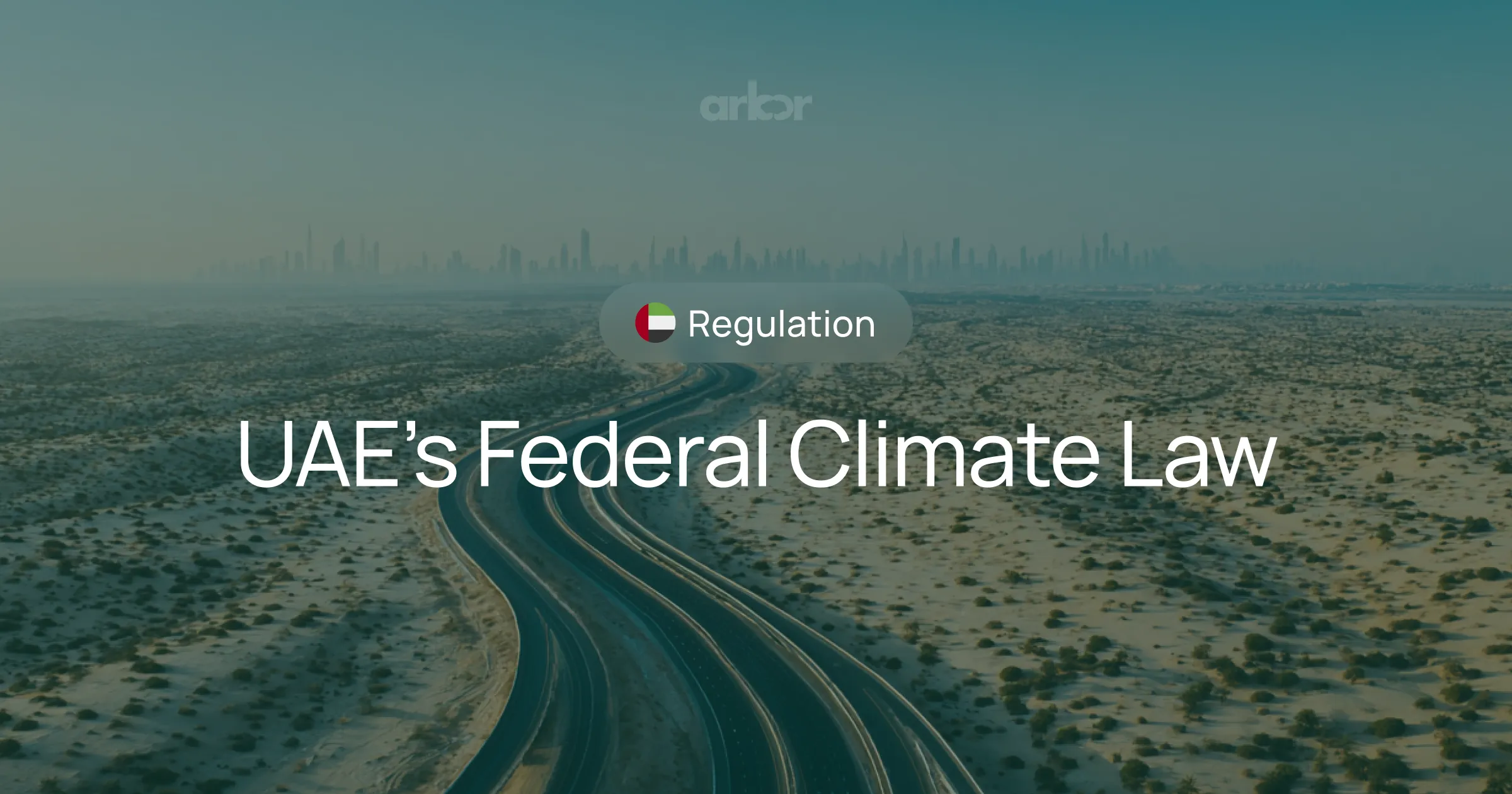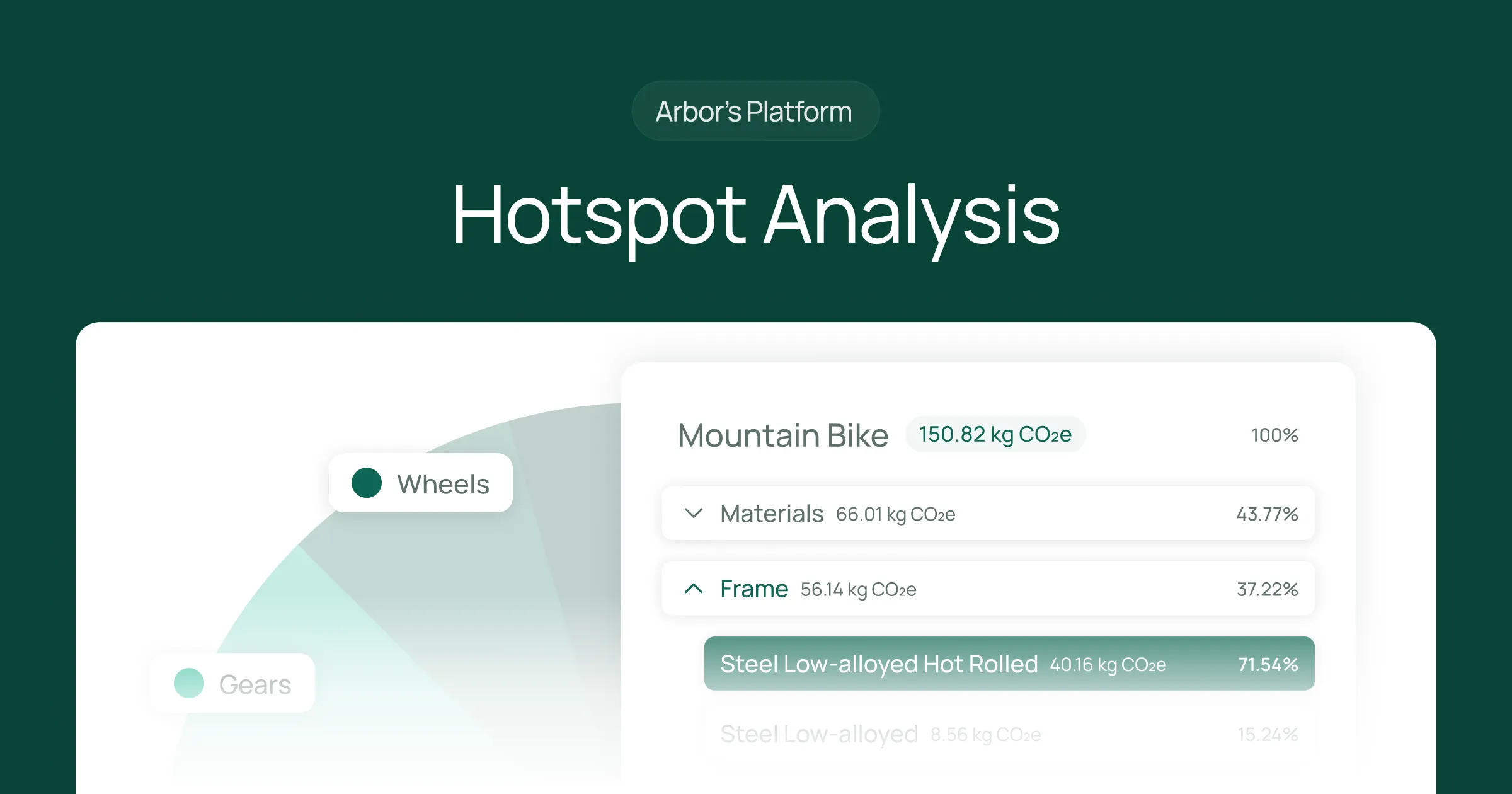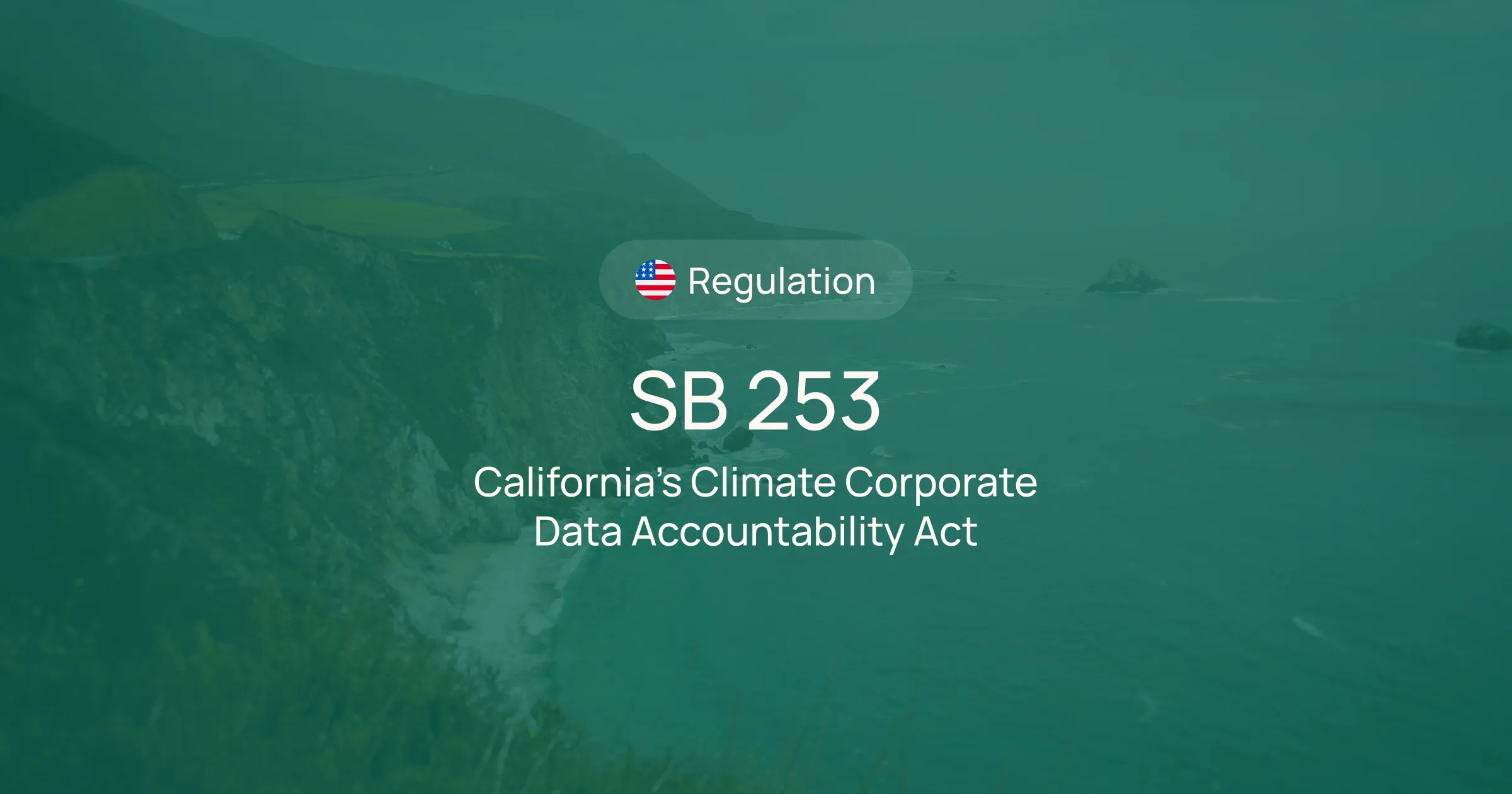Greenhouse gases (GHGs) are a group of compounds that have the ability to trap heat in the Earth's atmosphere, contributing to the greenhouse effect and global warming. These gases are primarily carbon dioxide (CO2), methane (CH4), nitrous oxide (N2O), and fluorinated gases. This Carbon 101 article will delve into the details of each of these gases, their sources, their effects on the environment, and the role they play in carbon management.
The term 'greenhouse gases' is derived from the way these gases function. Similar to how a greenhouse traps heat to create a warm environment for plants, these gases trap heat from the sun in the Earth's atmosphere, keeping the planet warm enough to support life. However, an increase in the concentration of these gases due to human activities is causing the Earth's temperature to rise, leading to climate change.
Types of Greenhouse Gases
There are several types of greenhouse gases, each with its own unique properties and effects on the environment. The primary ones are carbon dioxide, methane, nitrous oxide, and fluorinated gases. Each of these gases has a different ability to absorb and emit radiation, leading to varying degrees of impact on global warming.
It's also important to note that while all greenhouse gases contribute to the greenhouse effect, not all of them are equally harmful. The Global Warming Potential (GWP) is a measure of how much heat a greenhouse gas traps in the atmosphere compared to carbon dioxide. This measure helps in understanding the relative impact of different gases on global warming.
Carbon Dioxide (CO2)
Carbon dioxide is the primary greenhouse gas emitted through human activities, particularly the burning of fossil fuels for electricity, heat, and transportation. It is also released during certain chemical reactions, such as the process of making cement. Carbon dioxide is removed from the atmosphere when it is absorbed by plants as part of the biological carbon cycle.
While carbon dioxide is naturally present in the atmosphere and plays an essential role in the carbon cycle, human activities have significantly increased its concentration. This increase is causing the Earth's average temperature to rise, leading to a variety of environmental changes, including sea-level rise, more intense and frequent extreme weather events, and shifts in plant and animal habitats.
Methane (CH4)
Methane is a potent greenhouse gas that is over 25 times more effective at trapping heat in the atmosphere than carbon dioxide over a 100-year period. It is emitted during the production and transport of coal, oil, and natural gas. Methane is also emitted by livestock and other agricultural practices and by the decay of organic waste in municipal solid waste landfills.
Despite its potency, methane doesn't stay in the atmosphere as long as carbon dioxide. However, while it's present, it's much more efficient at trapping radiation, making its impact on global warming significant. Efforts to reduce methane emissions thus play a crucial role in mitigating climate change.
Sources of Greenhouse Gases
Greenhouse gases are emitted from a variety of natural and human-induced sources. Natural sources include decomposition, ocean release, and respiration. However, human activities are responsible for most of the increase in greenhouse gases in the atmosphere over the last 150 years.
The main human activities that emit greenhouse gases are the burning of fossil fuels for electricity, heat, and transportation, industrial processes, and the decay of organic waste in landfills. Agriculture also contributes to greenhouse gas emissions through practices that release methane and nitrous oxide.
Fossil Fuels
The burning of coal, oil, and natural gas for electricity and heat is the largest single source of global greenhouse gas emissions. These fuels are used in homes, businesses, and industrial processes, and their combustion releases carbon dioxide and other greenhouse gases directly into the atmosphere.
Transportation is another major source of greenhouse gas emissions, accounting for about 15% of global emissions. This sector includes the emission of greenhouse gases from cars, trucks, ships, airplanes, and trains. The majority of these emissions come from burning gasoline and diesel fuel.
Industrial Processes
Industrial processes also contribute to greenhouse gas emissions. These include chemical reactions necessary to produce goods from raw materials. For example, the production of cement involves the calcination of limestone, a process that releases carbon dioxide. Other industrial processes that emit greenhouse gases include the production of steel and aluminum, the manufacturing of chemicals, and the use of fossil fuels in factories and industrial facilities.
Fluorinated gases are also emitted during industrial processes. These are synthetic, potent greenhouse gases that are emitted from a variety of industrial applications. These are much less common than other greenhouse gases, but because they are potent and long-lived, they are a concern for climate change.
Environmental and Societal Impact of Greenhouse Gases
The escalation of greenhouse gas concentrations in our atmosphere is a driving factor behind the phenomenon of global warming. This progressive warming triggers a cascade of changes in global climate patterns, affecting not just the environment but also various socioeconomic factors across the globe.
Altered Climate Dynamics
The imbalance caused by increased greenhouse gases leads to a shift in climate dynamics. This manifests as altered weather patterns, including intensified and more frequent heatwaves, unpredictable droughts, and increasingly severe storms. Such climatic shifts not only pose a threat to natural ecosystems but also amplify the risks of natural disasters like wildfires and floods, inflicting significant damage on infrastructure and residential areas.
Agricultural Vulnerabilities
The perturbations in weather patterns directly impact agricultural productivity. Fluctuations in temperature and precipitation can disrupt the growth cycles of crops and affect the health of livestock. These agricultural challenges could precipitate a global food crisis, marked by reduced food availability and escalated prices, thereby impacting food security worldwide.
Rising Sea Levels and Coastal Threats
One of the most visible effects of global warming is the rise in sea levels, primarily driven by the melting of glaciers and polar ice caps, along with the thermal expansion of seawater. Rising sea levels pose a significant risk to coastal communities, leading to increased flooding, coastal erosion, and loss of habitable land. Furthermore, the encroachment of seawater into freshwater systems disrupts water availability, impacting both drinking water supplies and agricultural irrigation systems.
These effects collectively lead to displacement of populations, economic strains, and challenges to maintaining sustainable communities. The far-reaching impacts of greenhouse gases underscore the urgency of effective carbon management strategies, not only for environmental preservation but also for safeguarding human societies and economies.
Carbon Management and Greenhouse Gases
Carbon management refers to the process of managing Carbon Dioxide Equivalents (CO₂e) and reducing greenhouse gas emissions to mitigate climate change. This involves a range of strategies, including reducing fossil fuel use, increasing renewable energy use, improving energy efficiency, and sequestering carbon.
Greenhouse gases play a central role in carbon management. By understanding the sources and impacts of these gases, we can develop strategies to reduce their emissions and mitigate their effects on the climate. This is crucial for achieving sustainability and protecting the planet for future generations.
Reducing Emissions
One of the main strategies for managing greenhouse gases is reducing their emissions. This can be achieved through a variety of methods, including improving energy efficiency, switching to preferred materials, and changing manufacturing process practices.
Energy efficiency involves using less energy to perform the same task, which can be achieved through a variety of methods, such as improving insulation in buildings, using more efficient appliances, and optimizing industrial processes. In the realm of manufacturing, this extends to reimagining production workflows, implementing advanced materials that require less energy to process, and embracing innovative technologies that streamline operations. Employing renewable energy sources, such as solar and wind, in manufacturing facilities can also significantly reduce greenhouse gas emissions.
Carbon Sequestration
Carbon sequestration is another important strategy for managing greenhouse gases. This involves capturing and storing carbon dioxide to prevent it from being released into the atmosphere. There are several methods of carbon sequestration, including geological sequestration, where carbon dioxide is injected into underground geological formations, and biological sequestration, where carbon is stored in plants and soil.
Carbon sequestration can play a significant role in reducing greenhouse gas concentrations in the atmosphere. However, it's not a silver bullet solution and must be combined with other strategies, such as reducing emissions and adapting to changes in the climate.
Greenhouse gases are a crucial factor in the Earth's climate system. While they play a critical role in maintaining the planet's temperature, an increase in their concentration due to human activities is causing global warming and climate change. Understanding these gases, their sources, and their impacts is essential for managing carbon and mitigating climate change.
Through strategies such as reducing emissions and sequestering carbon, we can manage greenhouse gases and work towards a more sustainable future. However, these efforts require global cooperation and commitment. By working together, we can tackle the challenge of climate change and ensure a habitable planet for future generations.
As we confront the escalating challenge of greenhouse gases and their impact on our planet, it's imperative for leaders in business to step forward and take decisive action. Arbor empowers executives and project leaders across industries to navigate the complexities of carbon management with ease and precision. Our platform offers material-level calculations, GRI-certified reporting, region-differentiation, and product prototyping, all simplified into aggregate data for your convenience. If you're grappling with regulatory pressures, time and budget constraints, or the search for reliable data and frameworks, Arbor provides the solutions you need. Harness our Carbon Management Platform's robust tools—from automated Carbon Calculators to insightful Carbon Reporting, actionable Carbon Insights, and transparent Carbon Transparency features. Embrace your role as an environmental champion within your organization and make informed, impactful decisions with Arbor.
Request a demo today and begin your journey towards effective and efficient carbon management.
Measure your carbon emissions with Arbor
Simple, easy carbon accounting.




%20Directive.webp)


.webp)











%20Arbor.avif)





%20Arbor.avif)


.avif)






%20Arbor%20Canada.avif)

.avif)
%20Arbor.avif)
.avif)






_.avif)
.avif)
%20Arbor.avif)




%20Software%20and%20Tools.avif)





.avif)
.avif)




%20EU%20Regulation.avif)












.avif)


%20Arbor.avif)









_%20_%20Carbon%20101.avif)







.avif)

.avif)
.avif)









